"American taste is different" say New York designers
What's the difference between design in America and Europe? Is it harder for designers to make a living in the States? Is there any such thing as American design today? To coincide with the opening of our New York office last month, we asked practitioners, curators and observers in the city to give their views.
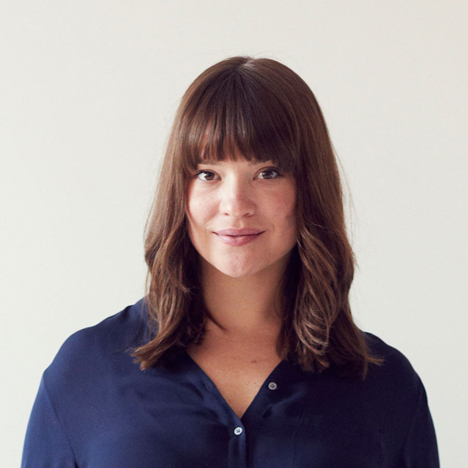
"The design world is so different here," said Hillary Petrie, co-founder of Brooklyn furniture and lighting studio Egg Collective. "We don't have big manufacturers in the way Europe does. There are less opportunities. I think for that reason, American designers are creating new business models."
"We not only design our work, but we make our work, we sell our work – we do everything from inception to getting it to your front door," added Petrie, whose brand was named inaugural winner of the American Design Honors Program at the Wanted Design show last month. "In Europe, designers are focused much more on the design aspect."
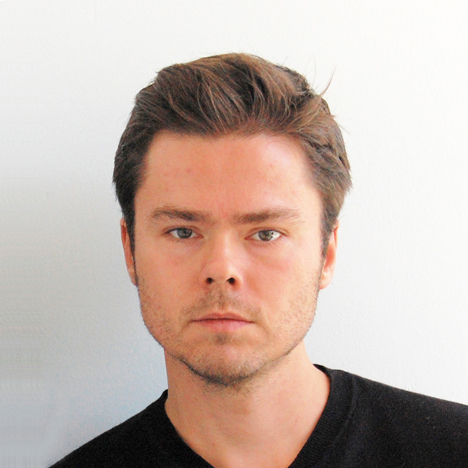
"America is very different," agreed Oliver Pelle of lighting company Pelle. "Among larger manufacturers, there isn't much interest in bringing in young designers. A lot of design is for large corporations – and industrial design has focused on that typology."
"In general it seems more professional here," said Beatrice Galilee, who moved from London last year to take up the role of Daniel Brodsky Associate Curator of Architecture and Design at the Metropolitan Museum of Art. "It seems that the education system – and the thousands of dollars of debt it entails – forces young designers to be more business-minded and less willing to experiment with things that aren't market-ready."
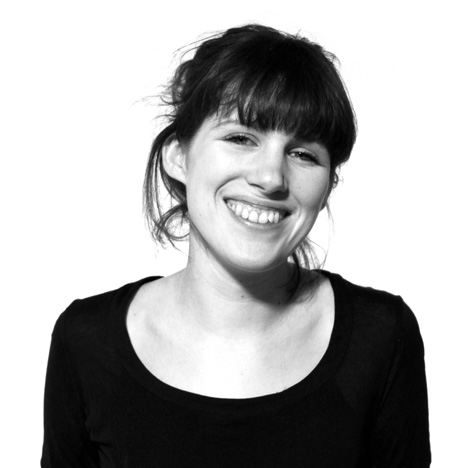
Alice Twemlow, chair of the design criticism MFA program at the School of Visual Arts in New York, agreed that setting up as an independent designer is a difficult option for American design graduates.
"If you are coming out of graduate design school with a $70,000 loan to pay off on top of whatever you still owed from undergrad, you would surely lean toward a more lucrative commercial job, rather than setting up an experimental design collective," she said.
"That said, I do feel as if the US design scene feels very vibrant right now and almost edgy in places, especially in cities with lower rents such as Detroit, Providence, the outer reaches of Brooklyn, and Chicago, where a lot of the designer-makers are setting up shops."
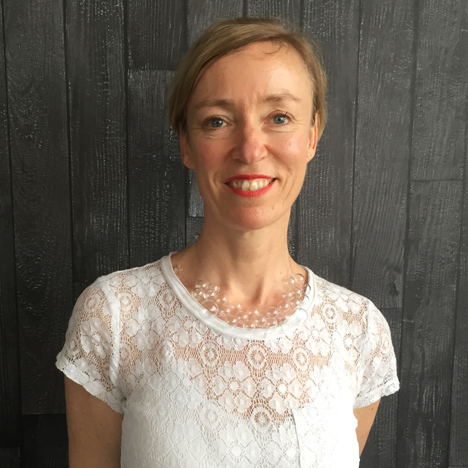
Carin Scheve, a New York-based independent stylist who has worked with Italian designer Piero Lissoni and brands including Hermès, Vogue France and Elle Decor, said Brooklyn was emerging as a world-class centre for craft-based manufacturing.
"We all know in Italy, they are the best at making things," she said. "While I worked there, I visited all these workshops and saw the craftmanship. And I think Brooklyn is the new place where this is happening, where all these young people are learning how to make things. Honestly, almost everything here is made in Brooklyn, which I think is amazing."
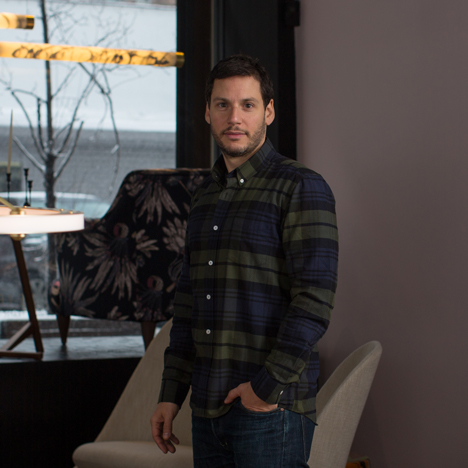
David Alhadeff, owner of design store The Future Perfect, agreed that the discipline was undergoing a resurgence. "When I started in this career 12 years ago, the topic of conversation was: what about us? Where is American design? Why are Americans not part of the hottest global design talent? That has really gone away. America has put itself back in the tradition of strong design."
Alhadeff cited Herman Miller, Bernhardt Design and Apple as companies leading the change. "I think Apple is probably the most significant and important in terms of product designer influence, probably in the world."
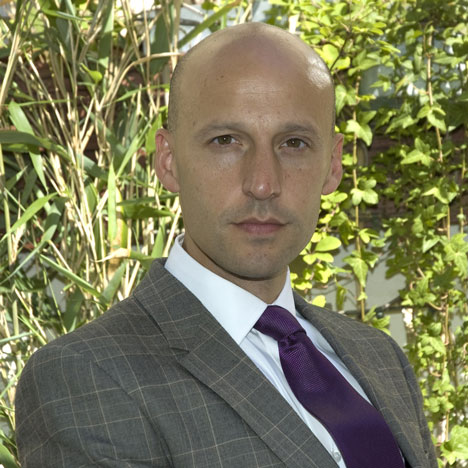
However, Americans have different aesthetic preferences to Europeans, according to Glenn Adamson, director of the Museum of Arts and Design.
"European design still has a place for the grand poetic gesture, product and furniture that operates akin to couture," he said. "America's long established pattern is more pragmatic and functional, revolving around contract furnishings and interiors."
"American taste is different," added Jason Miller, founder of Brooklyn lighting brand Roll & Hill and one of the leading names in New York's burgeoning lighting scene. "In my eyes it's something less abstract, more comfortable, more familiar, and oftentimes less severe."
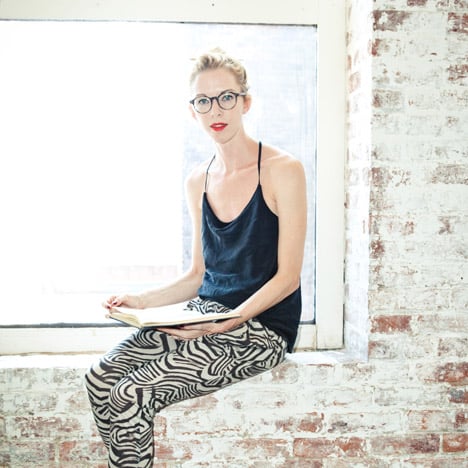
"American design is looking for warmth and cosiness whereas in European design the lines are more clear," agreed lighting designer Bec Brittain. "I can only speak for myself as an American but what I want to live with at the end of the day falls on that warm side of things. So that's a difference."
Brittain gave the example of a European designer sofa that's "beautiful and amazing and I want to stare at it all day. But do I want to watch a movie on it? I think there's that more relaxed vibe here that's probably American."
The designer also shed some light on something that Europeans find baffling about New York bars, restaurants and hotels: why are they so dark?
"You need a little mystery when you're drinking," she replied. "I wouldn't go down to my local bar to hang out the way you would go to a pub in London. Having been a Yank in London for years, I would say the bars there are entirely too light! Dimmer lighting is better."